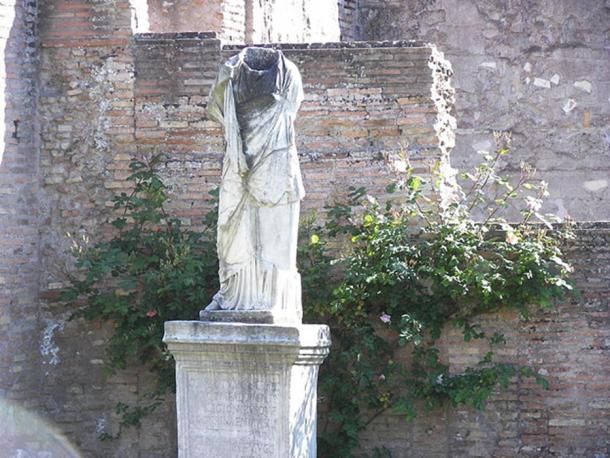Damnatio memoriae (“condemnation of memory”) was a punishment in ancient Rome for crimes against the dignity of the Roman people (crimen maiestatis). It consisted in erasing the convict from the memory of posterity, forbidding his descendants to bear his name and destroying all his images.
During the empire, the condemnation of memory was applied to senators, and especially to the hated emperors, whose laws or governments were met with hostility by the people. After the approval of the Senate damnatio memoriae the statues of the condemned emperor were destroyed, his name was chained from all inscriptions, the images in the paintings were blurred. All his decisions, both concerning individual cases and issued by the convicted person, ceased to apply with retroactive effect. The Romans, being aware of the enormous confusion that would introduce the actual execution of the last order, and also showing their practical sense here, contented themselves with erasing the name of the convict from the documents and names of legal acts.
The first person to experience damnatio memoriae was Sejanus, who conspired against Tiberiusin 31 CE The next one was Gnaeus Calpurnius Piso, who was to contribute to the death of Germanicus. Pizon was accused of illegally leaving the province and treason and brought to trial. He committed suicide and was doomed to obliterate his memory. An inscription with the content of this judgment has survived – Senatus Consultum de Cn. Pisone patre – a decree issued on December 10, 20 CE. The judgment was:
- no woman was allowed to mourn the death of Piso, as dictated by tradition.
- ordered the destruction of private and public images of Piso
- Piso’s relatives were not allowed to show his imagines, the wax masks traditionally worn at funerals and stored in atriums.
- the name of Piso has been removed from the base of the Germanicus Monument
- property of Piso has been confiscated.
Although the Senate voted to impose damnatio memoriae, the emperor had the final say.
The first emperor to face the punishment of “oblivion” was Caligula; in the end, however, Claudius vetoed the senate’s decision. Nero was declared a public enemy by the Senate after his death, but then at the request of Vitellius he has organized a great state funeral.
Later, damnatio memoriae affected, inter alia, Domitian, Ghetto, Maksymin Trak with their son Pupienus and others. Some like Caracalla, Commodus and Gordian II were later rehabilitated. Later, almost every emperor after his death was either deified (apotheosis, consecratio) or, especially when he did not record well in the senate’s memory or had no relatives among subsequent emperors, he was condemned to damnatio memoriae. In 311 CE after Maximian’s capture, Constantine I forced him to commit suicide and sentenced him to damnatio memoriae.
“Forgetfulness” also affected Roman women, but it was mainly due to the connection between the woman and the convicted man. Scientists have adopted this situation as de facto damnatio memoriae. Examples include Agrippina the Elder for her rivalry with Emperor Tiberius or Julia Liwilla for supporting Sejanus, trying to overthrow Tiberius and poisoning her husband (son of Tiberius) Druzus the Younger. The statues of Caligula’s wife and daughter, Caesonia and Julia Druzylla, were also destroyed.










